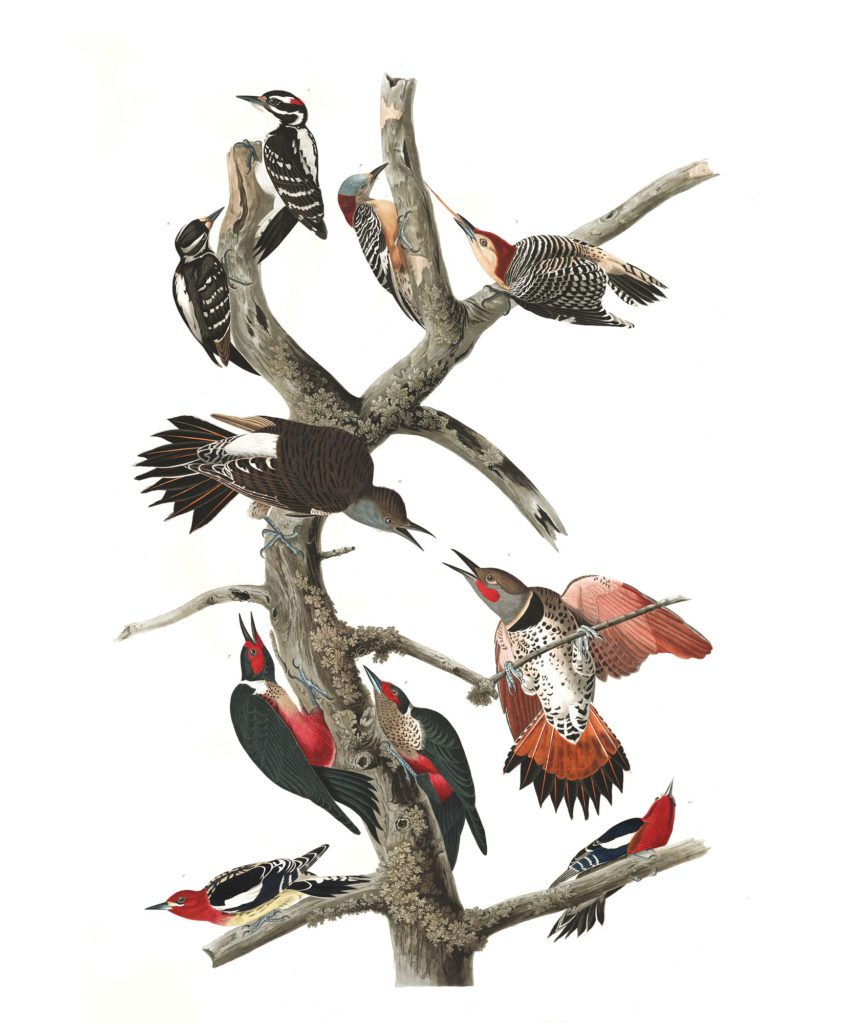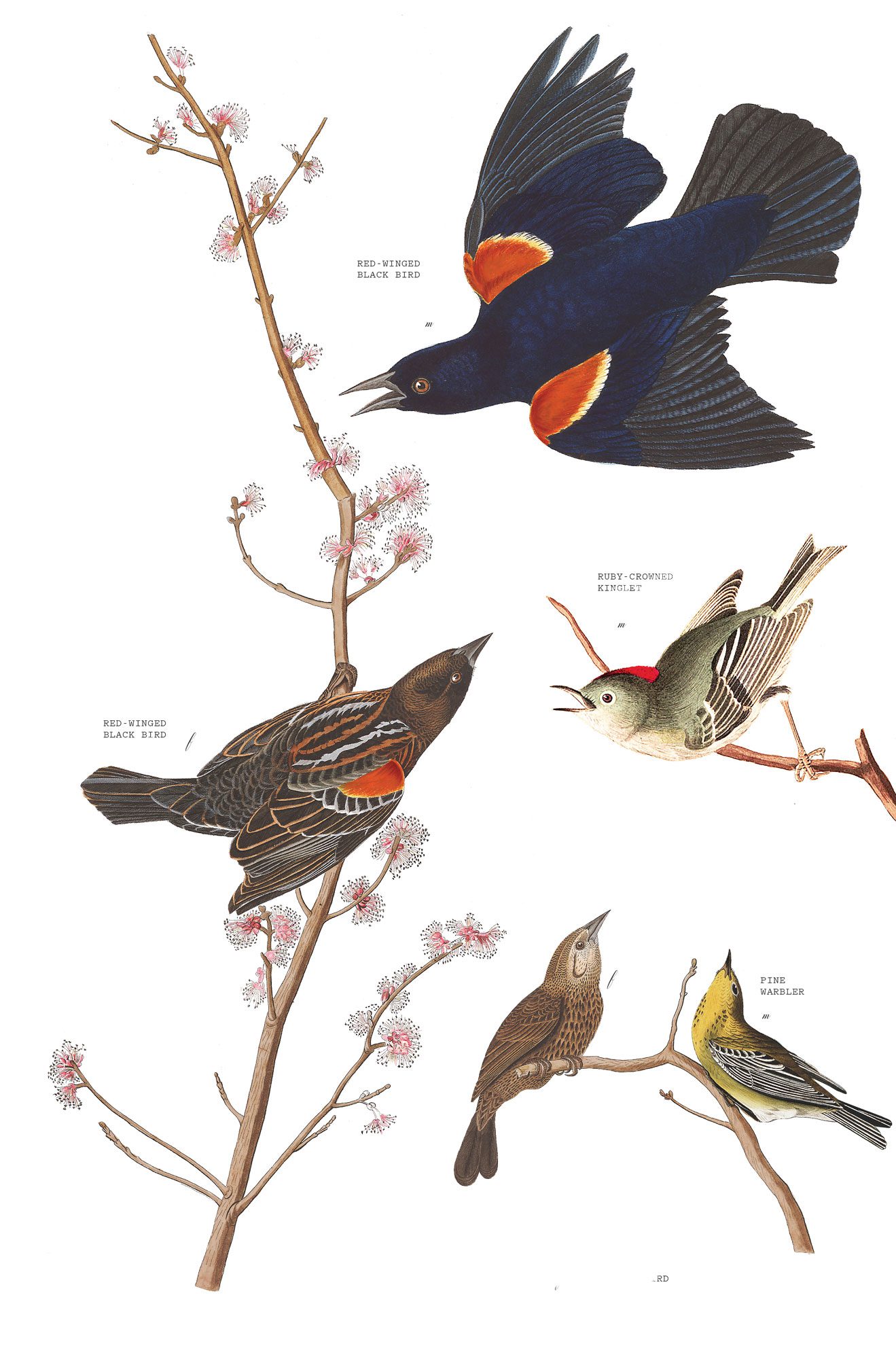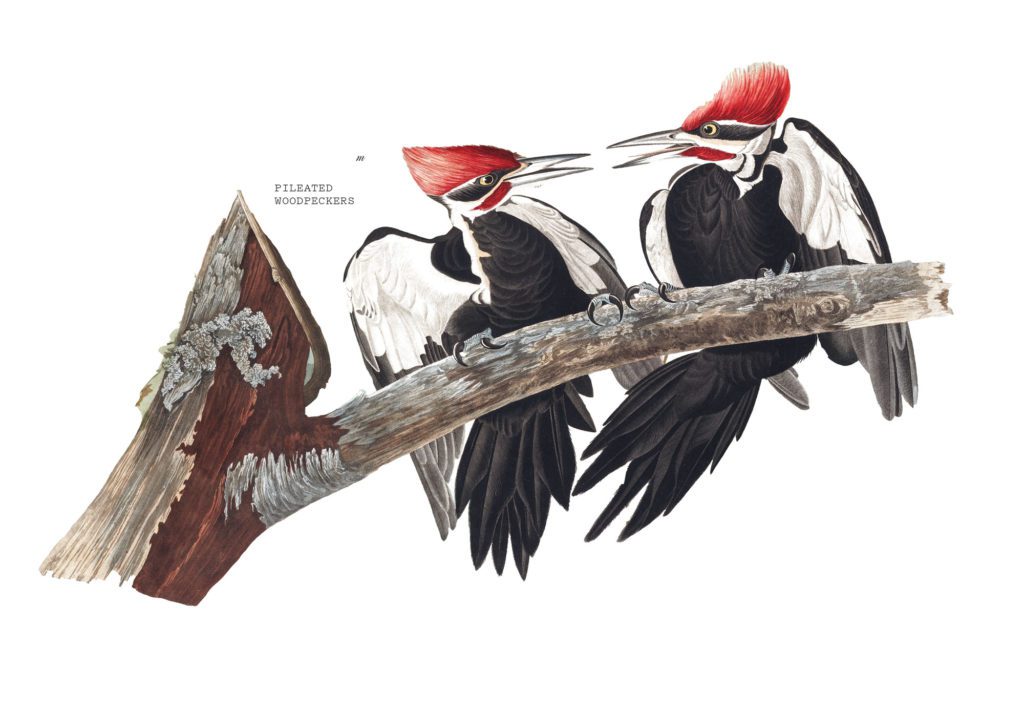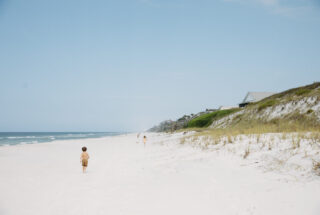It’s 6:30 a.m. in the center of Alys Beach, with a sunrise just beginning to bathe the town in the warm light. I look up to see Emily Ellis walking toward me, outfitted in a fleece vest and hiking shoes with a water bottle on one hip, a camera with telephoto lens on the other, a notebook in her pocket, and binoculars around her neck. Emily is a Florida Master Naturalist and vice chair of the Lake Powell Community Alliance; she took up birding nearly 25 years ago after a ruby-crowned kinglet landed outside the window of her artist’s studio and sparked an interest that has stayed strong. There are no swimsuits for us this morning. We’re going birding, and we’re starting right now.
I spy a small hawk on top of a parapet wall on a home across the street. “What’s that?” I point toward the bird and raise my own binoculars for a better look. “Good eye,” Emily says as she quickly gives her expert identification that it’s a Cooper’s hawk, a medium-sized bird of prey with pale orange bands on its breast and a preference for feeding on smaller birds captured in flight. And so we begin our birdwatching hike across Alys Beach, from the edge of the Gulf north to the wetland preserve, noting every winged friend we see or hear along the way.


At the Gulf we see large common loons in their gray winter plumage diving for a meal just off the beach, while farther offshore are flocks of terns too far away to identify by species, their white feathers catching the sun as they bob up and down on the swells. A few bottlenose dolphins show up as well to add some mammals to the mix, and the Gulf turns blue-green as the sun rises higher in the sky.
Those ubiquitous beach residents—the sanderlings— scurry along the sand as they forage at the water’s edge, their little black legs moving furiously to follow the ebb and flow of waves that come ashore. A few laughing gulls fly over on their way west, their name coming from their sometimes-raucous call. The beach starts to come alive with a few early morning beach walkers of the human kind.
Climbing the beach walkover we pause at the top of the bluff to scan the area from the high vantage point. But it’s actually a bird call that dominates as a mockingbird sings loudly from atop a scrub oak. “They’re mimics,” says Emily. “They combine other bird songs into their own.” While up to now I’ve really only been using my eyes to look for birds, I put more focus on listening for their calls as well.
Walking north along Charles Street we watch and listen for some of the birds that are more comfortable in urban areas. A fish crow flies over squawking, and a small flock of cedar waxwings cuts across a tree line, with the morning sun highlighting glints of yellow in their tails. As we approach some trees at the wetland preserve Emily begins to call out “pish pish pish.” It’s a technique that birders call “pishing.”
“That’s how we draw a bird up,” she says. “They’re curious. It simulates an alert call that birds use.”


We walk slowly onto the boardwalk and into the dark and quiet of the wetland preserve.
“You don’t want to rush in,” says Emily, as we move gently so that we can better see and hear our Avian friends.
With the more dense forest cover in the preserve, in some cases we hear birds but never actually see them. Emily cups her hands around her ears to have a better listen.
She quietly announces each bird she hears. Red-bellied woodpecker. Pine warbler. Ruby-crowned kinglet. Yellow-rumped warbler (also known as butterbutts). We are patient and some do eventually show themselves. A red-winged blackbird flies by with its dramatic shoulder patch of bright red outlined in yellow contrasting with its black body.
We continue along the boardwalk and the mosaic of forest and meadow, turning south back toward town and crossing the small creek that drains east to Lake Powell. A few more species of birds show themselves, and a pileated woodpecker—“the woody woodpecker one,” she says—calls out as Emily records it in her notebook along with all the others. Our last one is a pine warbler at the edge of the preserve, its yellow breast glowing against the rising sun.


After two hours of walking and watching, we sit down over breakfast and Emily pulls out her notebook for the tally. She runs down the list and finds 26 species we observed, out of some 200 or so that have been recorded from the area.
I’ve had a really splendid morning, and it amazes me that we saw so many different birds in such a short time. Humans have a natural affinity for nature that is referred to as biophilia—a term created by the late Harvard biologist E.O. Wilson. And today I very much feel it, as watching the birds up-close through my binoculars was fascinating, and gave me a greater awareness that these wonderful creatures are all around us. If you take the time to look and listen.
Additional Resources
Choctawhatchee Audubon Society —the local Audubon chapter—does regular education and bird walks.
Ebird is a resource from the Cornell Lab of Ornithology that helps with bird identification, allows birder to compile lists of birds seen, and more.









